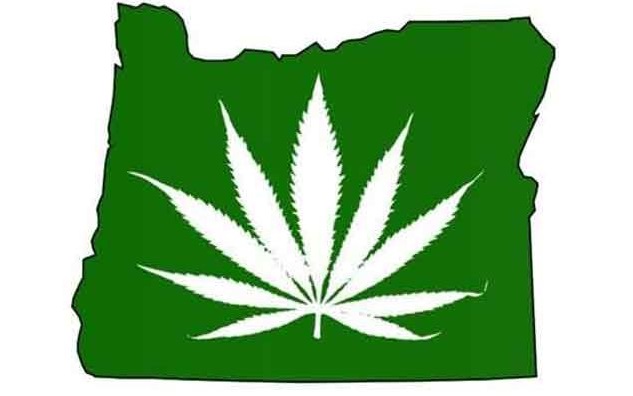The first-ever payouts of marijuana-related revenue in Oregon provided a wealth of new revenue for schools, municipalities and other public services the Oregon Department of Revenue announced on Friday.
Between Jan. 4, 2016, and Aug. 31, 2017, Oregon collected $108.6 million in state and local taxes from marijuana revenue and now the time has come for the state to reap the benefits. According to an Oct. 6, 2017, announcement by the Oregon Department of Revenue, after allocation of funds for general fees and services, the breakdown looks something like this;
- $34 million to the state school fund
- $17 million to mental health, drug and alcohol services
- $12.5 million to the Oregon State Police
- $4.25 million to the Oregon Health Authority
- $9.56 million to the Oregon Liquor Control Commission’s startup costs/Department of Revenue’s tax collection process
Oregon schools will benefit the most, as the revenue will be transferred directly to the State School Fund which provides direct funding the school districts. Before this, the fund had a budget of $8.2 billion bi-annually and was made up of lottery revenue as well as a general fund.
Many feel that this new revenue generated will serve the intended recipients much more efficiently, with no more voucher program or issues of reimbursement due to lack of general funding. While keeping in mind that it costs roughly $30 million/day to operate the K-12 education system, this new and seemingly steady stream of revenue offers hope to an otherwise struggling structure.
In addition to this, approximately $1 million is allocated for drug and alcohol abuse prevention programs, which includes a youth marijuana prevention campaign, as well as data collection.
Anthony Johnson, a chief petitioner of Measure 91, is thrilled that the actual revenue exceeded initial projections. “This…shows that legalizing and regulating cannabis can help generate revenue for important governmental services,” he said when asked for a response to the news.
Regarding community fund allocation, local governments levy their own sales tax, and if that town has various marijuana businesses, it is then privy to a portion of revenue from the 17% tax on marijuana sales statewide.
With 95 local governments levying taxes up to 3%, the state collected $1.2 million in local sales tax within the first four months of the year. Keeping this in mind, the amount each town or city will receive depends on population and whether or not there are marijuana licenses within their community. After the initial payout occurring this year, communities that do not allow legal cannabis businesses will no longer receive any tax dollars generated from that revenue.
This process is still evolving and can be expected to change over the course of the next few years. State revenue officials are still trying to figure out the right formula to use for calculating amounts based upon the size of the cannabis production, also known as canopy size, within each town or city.
In the meantime, there is overwhelming general approval for marijuana revenue and its allocation. Many voters and taxpayers feel that this allocation of funds is one of the main reasons that the push for legalization was so strong.













